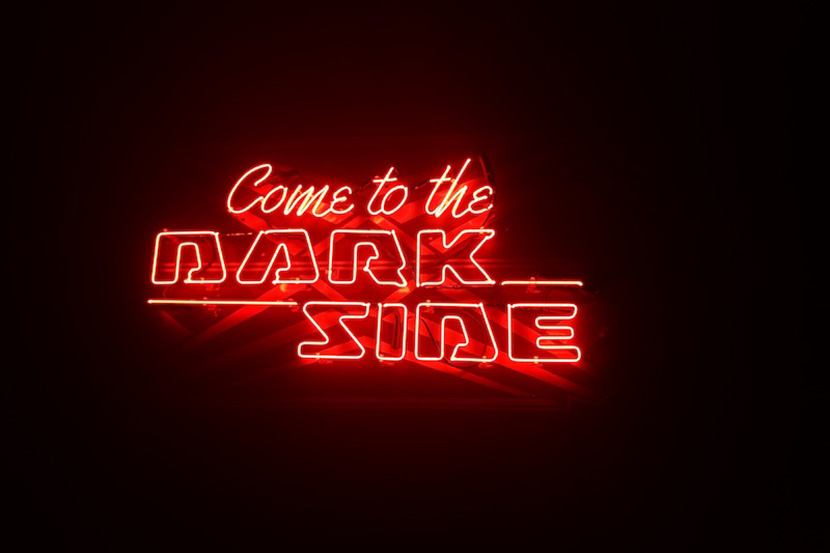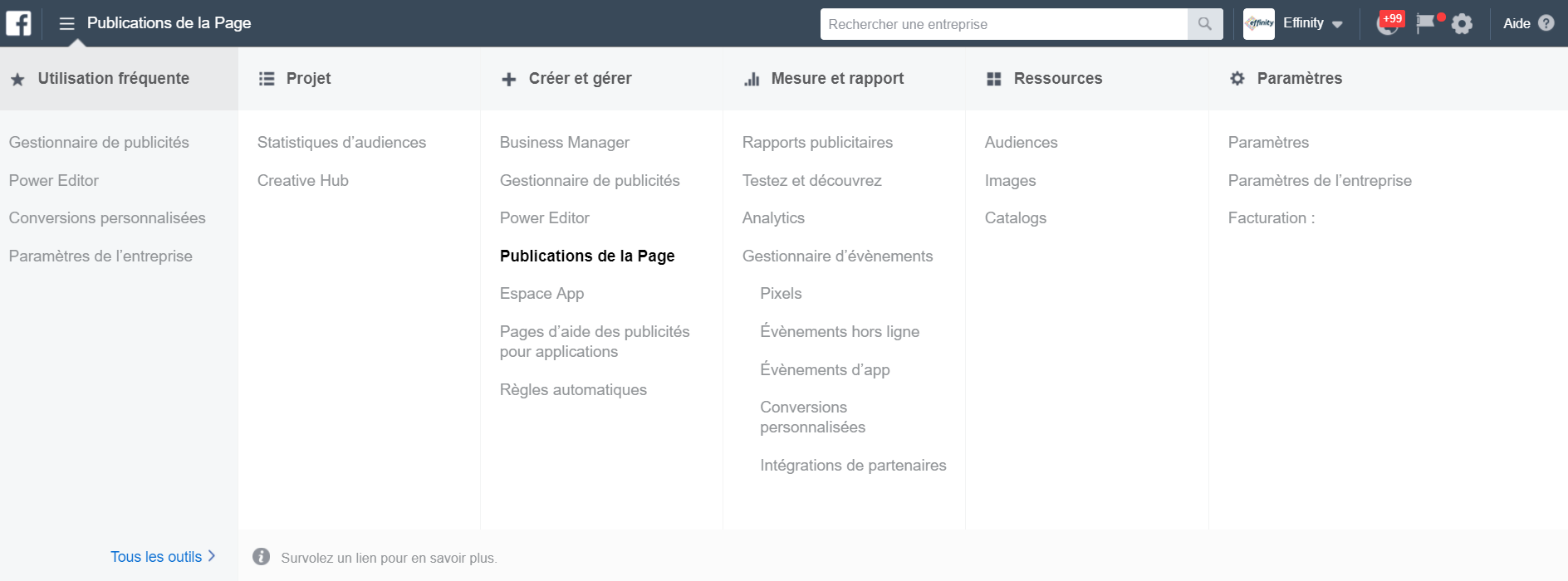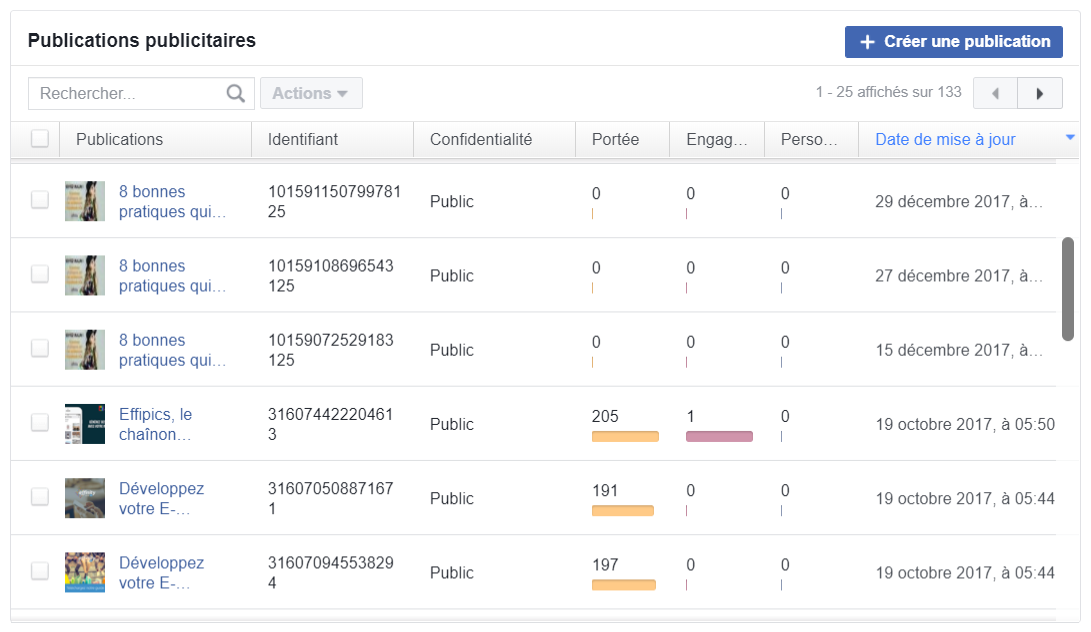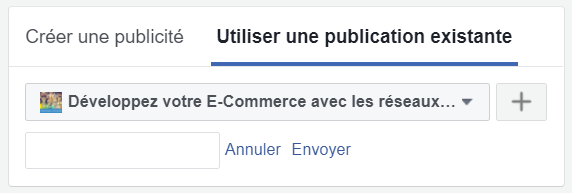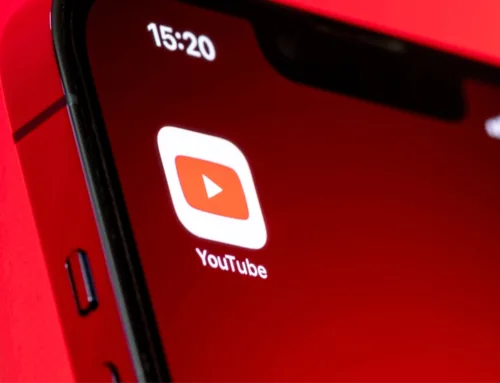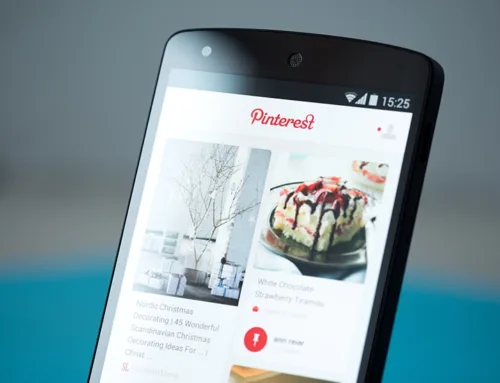Please note that this article is intended for an informed audience: you may be tempted by the darker side of Social Ads… … or not! The term “Dark Post” is in fact the original name for “Unpublished Post”: Facebook changed this name shortly after the feature was released, because it sounded a little too negative. In practice, and in Facebook Ads agencies, the term “Dark Post” is still used (it’s a bit more impressive).
But what’s the point?
Let’s take the story from the beginning
You and I, as acquisition managers, spend our days trying to optimize our campaigns: new offers, new visuals, new audiences, new hooks, new redirects, new ad placements on Facebook and Instagram… everything goes through it, and sometimes without really achieving the desired results.
But there’s one little thing we’re missing, and that’s the essence of Facebook: social influence. You experience it every day: a colleague tells you about a new restaurant he likes, and you’ll want to try it too; a friend tells you about unhealthy eating habits, and you’ll probably start paying attention…
On Facebook, this phenomenon is further amplified by reactions, comments and shares. In fact, as you’ll have noticed, a publication that naturally engages will benefit from greater visibility: like begets like. The problem is that by creating ads, we’re doing just the opposite.
The trap
In general, when you need to deploy an ad, you start by creating a campaign, then an ad set, and finally an ad.
And since you want to work on several audiences with the same ad, you start again (or duplicate): new ad set, new ad (identical in every way), etc.
I think you’re beginning to see the problem. The social influence of your content is like a cake: by doing this, you cut it into as many slices as you have sets, and in the end, there’s not much left for each ad… And that’s not the only drawback: despite the “duplicate” function, you still spend a lot of time on it. And when it comes to moderating, finding the right ad quickly becomes a complicated task.
The miracle
This is where “Unpublished Posts” come in. Rather than creating identical ads in each set, you have the option of creating a post, and reusing it on each of your ads. In this way, all the interactions obtained on your different targets will be gathered in a single post, reinforcing its social power.
But how?
In your Business Manager, you have access to “Page publications” in “Create and manage”.
If you go there, you’ll find all your advertising content: including multiple identical ads!
From this page you can create pulications, which will not be published on your page, the famous “Dark Post”. Just as when you create an ad, several formats are available: Carousel, Single Visual, Video, etc. The only limitation is that Facebook has recently modified the creative possibilities around its posts, which can sometimes prove to be an obstacle.
Don’t panic, keep your faith in the force, there is a solution.
The easiest way is to create your campaign, ad set and ad (once only), then go to “Page publications”, retrieve the id of your newly created publication. All that’s left is to create your other sets and ads, and choose the “Use an existing ad” option instead of “Create an ad”. To find the publication concerned, paste the post id, after clicking on “Enter publication id”.
And tadam, the magic happens. From now on, you won’t have 10 likes, 3 comments and 2 shares on each of your 10 ads. But more than 100 likes, 30 comments and 20 shares. And believe me, that changes everything for your audience: your ad will be less advertising and more viral content. And it’s much more engaging. Add to that the right campaign objective and you’re well on your way to better KPI’s!
However, I must warn you of certain disadvantages associated with this method… Once created, a Dark Post cannot be modified: so if you make a mistake, you have to start all over again. And if you’ve already launched your campaign, you’ll lose all the social influence you’ve built up so far. So you need to be very careful during creation.
On the other hand, if you’re a tracking addict, especially utm, you’ll have to choose between tracking and “social influence”. In fact, the link entered in the “Dark Post” will be shared by all ads that use it.
I hope you’ve enjoyed this article: now all you have to do is give it a try.
Mis à jour le 30 April 2025
Mis à jour le 30 April 2025

